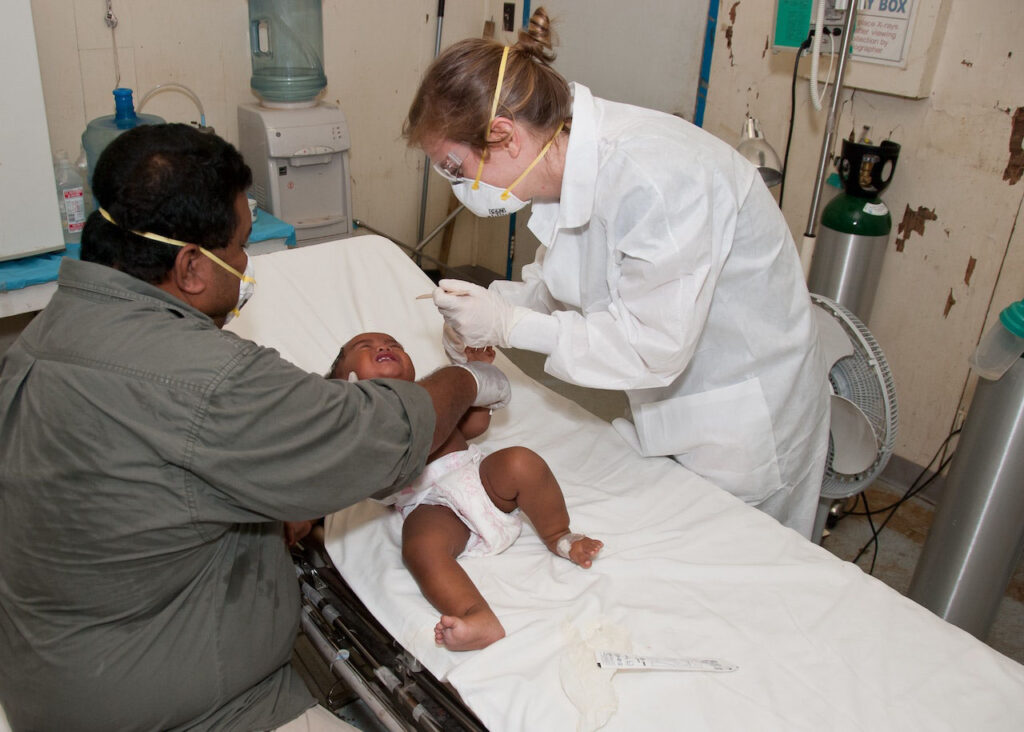In recent years, the healthcare industry has witnessed a significant digital transformation, with technology playing a crucial role in improving patient care, streamlining workflows, and enhancing overall operational efficiency. One such technology that has gained traction in hospital applications is Bluetooth beacon technology. By leveraging the power of Bluetooth Low Energy (BLE) beacons, hospitals can revolutionize various aspects of patient care, asset tracking, and staff management. In this article, we will explore the potential of Bluetooth beacon technology in hospital applications and its numerous benefits.

Bluetooth beacons are small, battery-powered devices that transmit low-energy signals via Bluetooth technology. These signals are detected by smartphones, tablets, or other compatible devices in proximity, enabling location-based services and triggering specific actions. The most common types of Bluetooth beacons are based on the iBeacon and Eddystone standards.
Bluetooth beacons can enhance the overall patient experience by providing location-based information and guidance. For example, patients can receive personalized messages or directions to specific areas within the hospital, such as registration desks, waiting areas, or examination rooms. This technology reduces confusion, minimizes wait times, and improves patient satisfaction.
Hospitals often struggle with efficiently managing and locating medical equipment, wheelchairs, and other valuable assets. Bluetooth beacons can be attached to these assets, allowing real-time tracking and monitoring. Staff members can quickly locate equipment when needed, reducing downtime and improving operational efficiency. Moreover, beacons can send alerts if an asset is moved outside its designated area, preventing loss or theft.
Bluetooth beacons can help hospitals optimize staff management and workflow processes. By equipping staff identification badges or smartphones with beacons, hospitals can monitor the movement of healthcare professionals throughout the facility. This data can be utilized to analyze workflows, identify bottlenecks, and make informed decisions to streamline operations and allocate resources effectively.
Bluetooth beacons enable hospitals to send relevant and timely information to patients, visitors, and staff members based on their proximity to specific locations. For instance, patients approaching a laboratory for blood tests can receive notifications about preparation instructions, reducing the need for manual communication. Similarly, visitors can receive information about nearby amenities or important announcements, improving their overall experience.
Bluetooth beacons can play a vital role in contact tracing during infectious disease outbreaks, such as the COVID-19 pandemic. By deploying beacons in hospital settings, it becomes possible to track interactions between patients and staff members. In case of an infection, this data can help identify individuals who may have been exposed, enabling prompt isolation and preventive measures.
The potential applications of Bluetooth beacon technology in hospitals extend beyond the aforementioned benefits. Integration with electronic health records (EHR) systems, patient monitoring devices, and artificial intelligence (AI) algorithms can unlock further capabilities. For instance, beacons can automatically update patient records with location data, allowing healthcare providers to analyze patient flow and optimize resource allocation in real-time.
Bluetooth beacon technology holds immense potential for revolutionizing hospital applications, improving patient care, and enhancing operational efficiency. The ability to provide personalized information, track assets, optimize workflows, and facilitate contact tracing makes this technology invaluable in the healthcare industry.
Copyrights© Shenzhen Skylab Co.,LTD All Rights Reserved.

